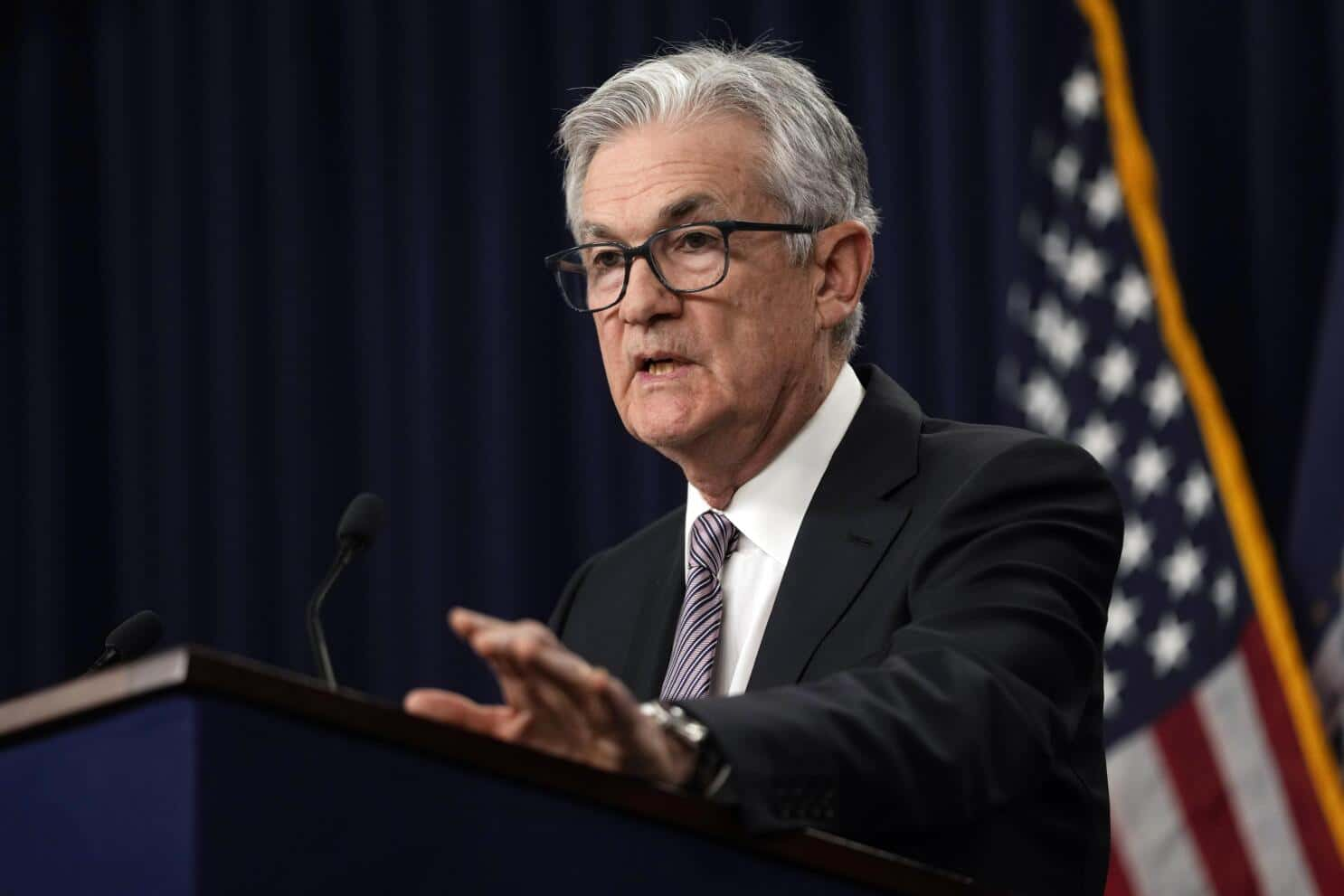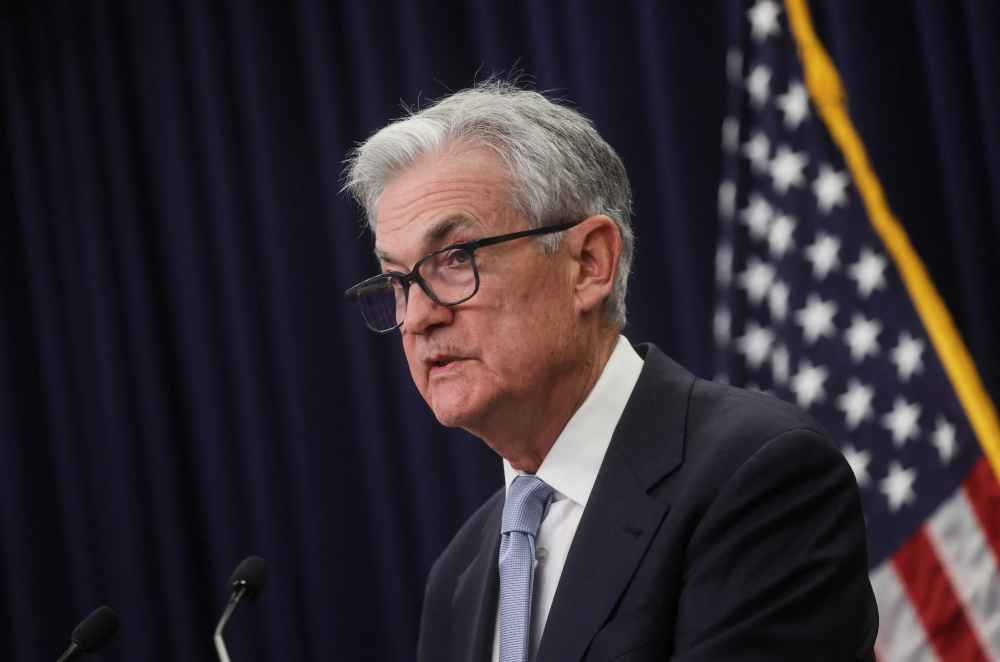This decline, resulting in a 2-week low for the dollar, was exacerbated by weaker-than-expected U.S. economic data.

In a noteworthy development, the dollar index (DXY00) experienced a decline of -0.36% due to Fed rate pause on Wednesday
The August ADP employment change and Q2 GDP figures were below expectations, fueling speculation about the possibility of a Fed rate pause, thus weighing heavily on the dollar. Simultaneously, the stock market’s resilience further reduced the dollar’s demand.
Moreover, the euro gained strength against the dollar, propelled by higher-than-anticipated consumer prices in Spain and Germany, which are seen as hawkish indicators for the ECB’s policy. The EUR/USD (^EURUSD) pair experienced a rise of +0.39%, reaching a 2-week high.
The U.S. economic news on Wednesday had a dovish impact on Fed rate pause prospects, causing bearish sentiments for the dollar. The ADP employment change for August increased by +177,000, falling short of the +195,000 forecast and marking the smallest rise in five months. Furthermore, Q2 GDP was revised down to 2.1% (q/q annualized) from 2.4%.
Conversely, July pending home sales in the U.S. rose unexpectedly by +0.9% m/m, proving to be a positive factor for the Fed rate pause.
In the Eurozone, July’s new car registrations showed an impressive +15.2% y/y growth, maintaining a streak of twelve consecutive months of increases. However, economic confidence for August dipped to a 2-3/4 year low of 93.3, lower than the anticipated 93.5.
The European Central Bank (ECB) emphasized the importance of taming Fed rate pause inflation, with member de Cos stating the significance of aligning inflation with the 2% target. Meanwhile, Germany’s import price index for July witnessed a substantial decline of -13.2% y/y, the largest drop in 36 years.
Spain’s August Consumer Price Index (CPI) rose in line with expectations to +2.4% y/y from +2.1% y/y in July. The core CPI for August moderated to +6.1% y/y from +6.2% y/y in the previous month.
In Germany, August’s CPI (EU harmonized) settled at +6.4% y/y, surpassing the predicted +6.3% y/y figure
Shifting to currency pairs, the USD/JPY (^USDJPY) experienced a rise of +0.25% on Wednesday. Despite an initial advance, the yen retreated due to a recovery in T-note yields and dovish statements from BOJ Board member Tamura, advocating for more time to assess price goals. Furthermore, a surprise drop in Japan‘s August consumer confidence index to 36.2, below the expected increase to 37.4, had a bearish impact on the yen.
In the precious metals market, October gold (GCV3) closed higher by +0.41%, reaching a 3-week high. This Fed rate pause increase was attributed to the dollar’s sell-off, coupled with a decline in the 10-year T-note yield, both of which bolstered precious metals. Conversely, September silver (SIU23) closed down -0.22% from a 1-month high, influenced by concerns about the weakening U.S. economy following disappointing economic data. Additionally, gold’s gains were constrained by ongoing gold holdings liquidation by funds, with ETF holdings at a 3-1/3 year low.




